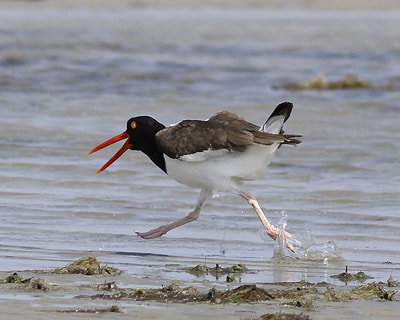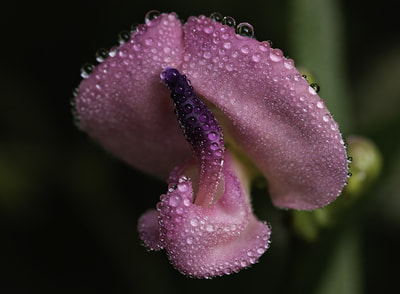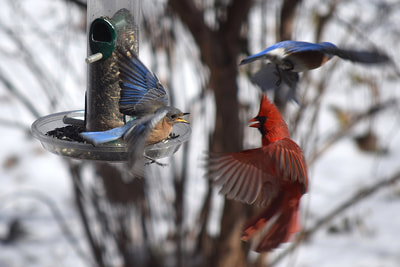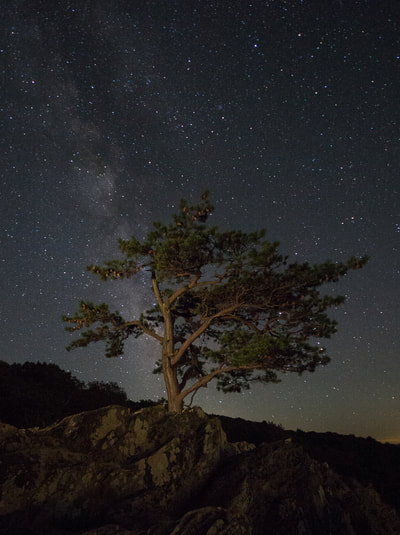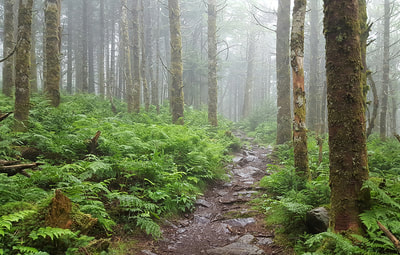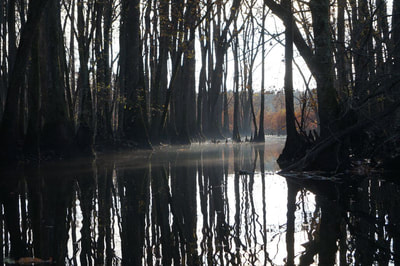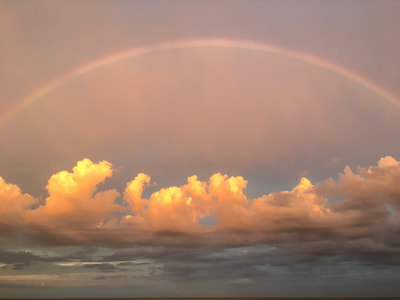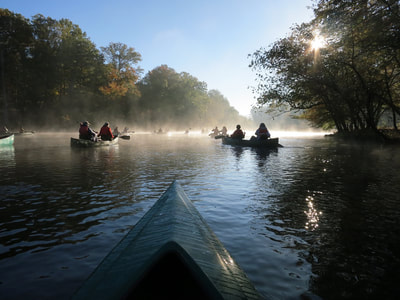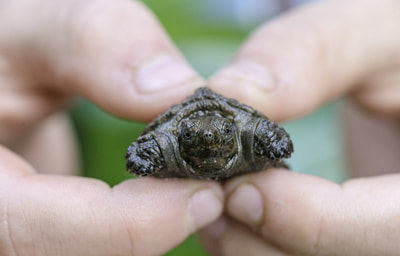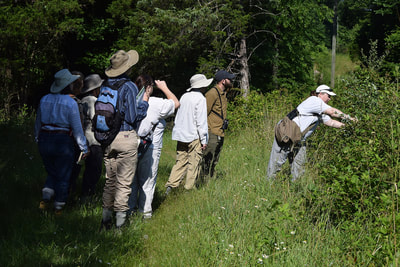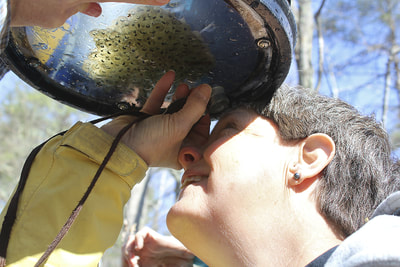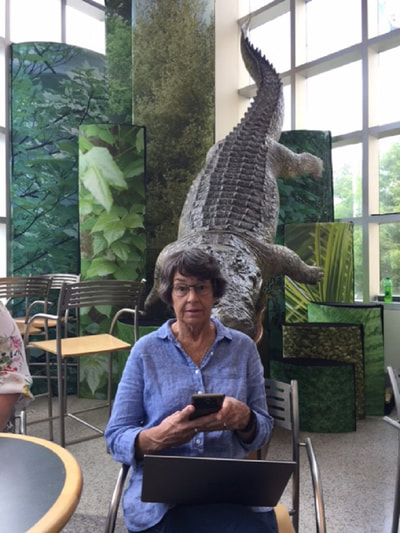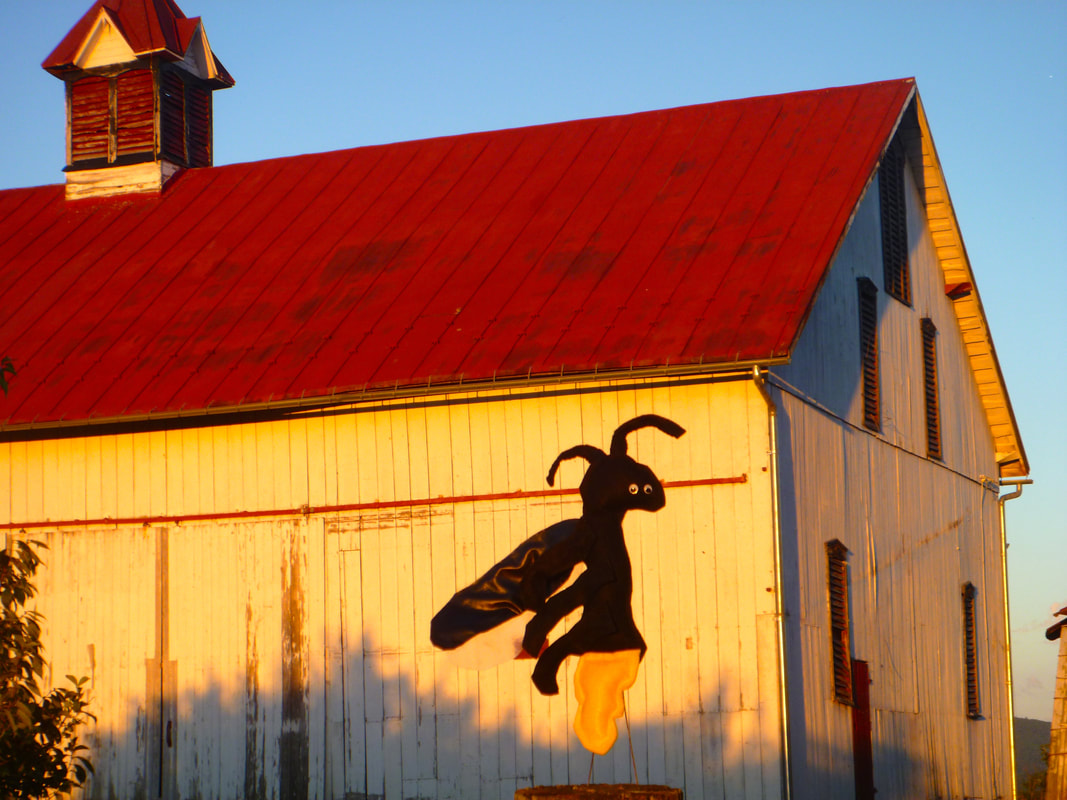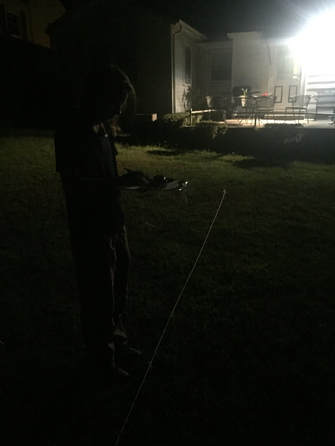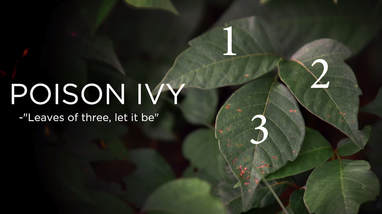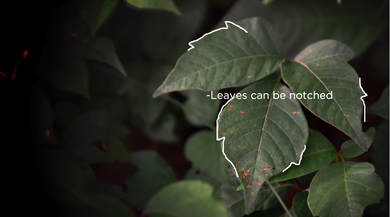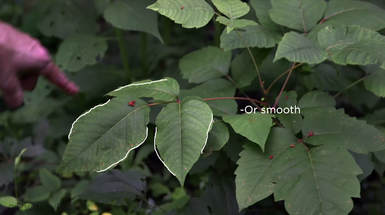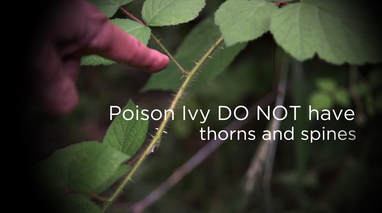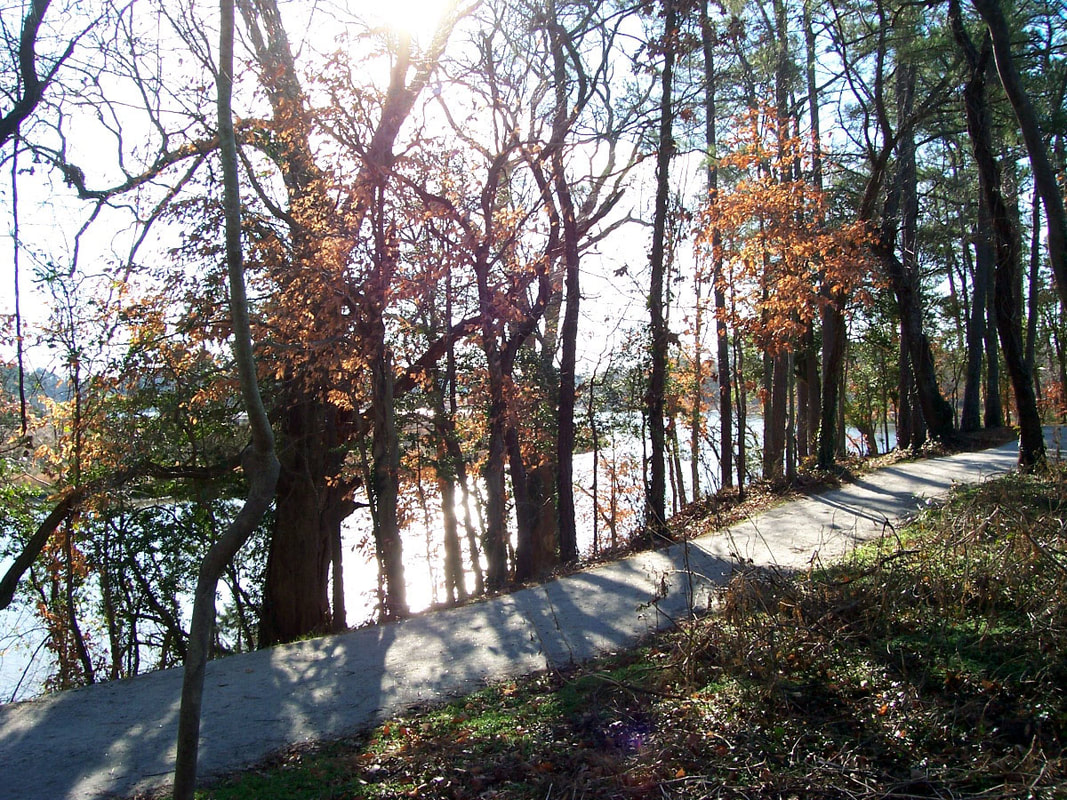VMN 2017 Photo Contest Results
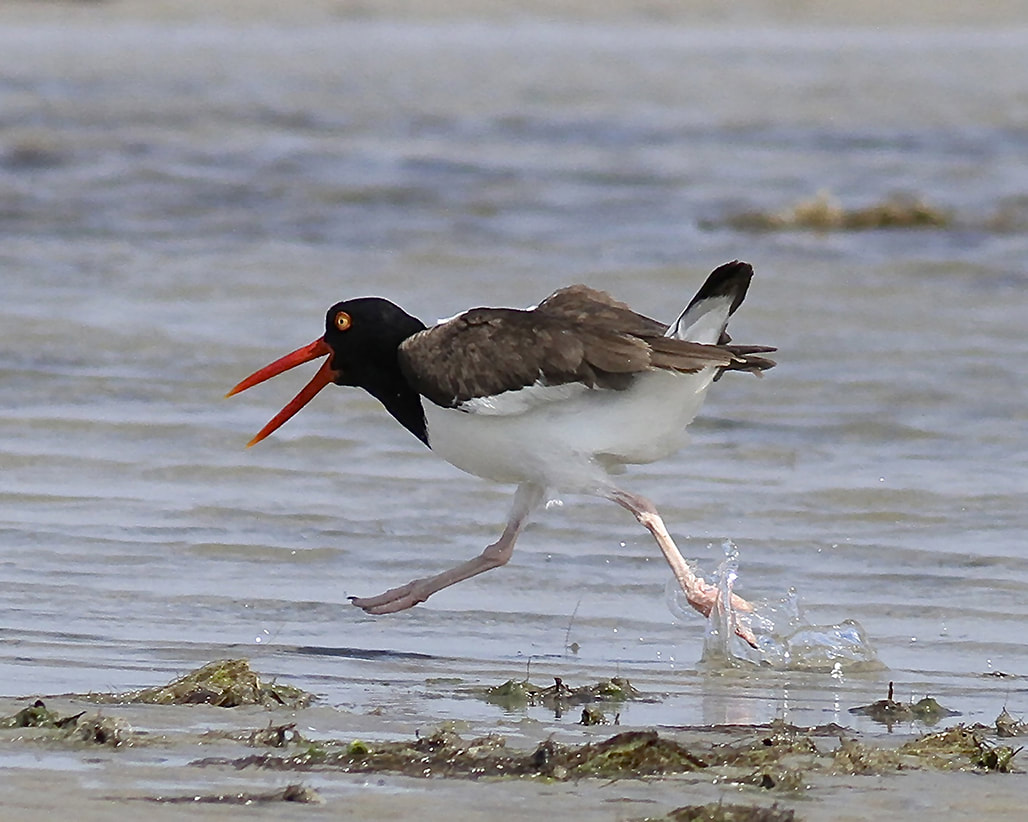 “Oystercatcher on Grandview Beach” by Inge Curtis, VMN-Historic Rivers Chapter was one of the winning photos in our first VMN Photo Contest in digital format.
“Oystercatcher on Grandview Beach” by Inge Curtis, VMN-Historic Rivers Chapter was one of the winning photos in our first VMN Photo Contest in digital format.
This year, we held our fifth Virginia Master Naturalist photo contest, and the first in digital format. Digital Photography is where it is at today and a very important tool for VMNs. Our hope was that this new format would encourage and make it easier for chapters to enter the contest and also offer an opportunity for a few digital lessons to be learned. And, we felt it would have a much smaller ecological footprint than frames, mats, packing and printing!
This year’s contest categories were “Virginia Flora, Fauna, and Other Species”, “Virginia Landscapes and Habitats”, and “Virginia Master Naturalists in Action”. We received 48 entries from 16 different VMN chapters across the state. Each chapter could submit only one photo per category, and chapters were allowed to design their own processes for choosing which photos to send. Many chapters hold their own internal photo contest, often having members vote to choose the submissions.
The 2017 contest was coordinated by Marie Majarov, who is a talented nature writer and photographer herself, as well as a member of our VMN-Shenandoah Chapter. Marie did an excellent job bringing everyone into the digital age, creating a guide for saving and labeling digital photos properly and offering one-on-one help along the way to anyone who needed it. She also assembled an impressive team of judges.
The contest winners were announced on September 15, 2017 at our statewide conference. Winners received lovely certificates (again, thanks to Marie Majarov), as well as bragging rights and the opportunity for many more folks to see their fantastic photos. Marie and the judges all congratulated everyone who submitted photos, whether just to the local chapter contests or to the statewide contests as well. The judges mentioned that in many cases, the decisions were hard!
Contest Judges
Sally Mills, Editor Virginia Wildlife Magazine
Sally is rounding out ten years as the editor of Virginia Wildlife magazine and overseeing the other print publications for the Department of Game & Inland Fisheries. In that capacity, she works with some of Virginia’s finest writers and wildlife photographers. Prior to that, she worked with the Virginia Sea Grant Program at the Virginia Institute of Marine Science, another one of our sponsors! There she directed communication efforts for the Advisory Services Program. She wrote, edited, and designed the quarterly Virginia Marine Resource Bulletin. In her spare time, Sally enjoys kayaking, hiking, fishing, photography, music, beekeeping and fly-fishing
Lynda Richardson, Art Director Virginia Wildlife Magazine
Lynda Richardson, Art Director for DGIF’s Virginia Wildlife Magazine creates the beautiful layouts that grace the magazine pages. She is also a nationally renowned freelance wildlife & environmental photojournalist with over 30 year’s experience. Lynda has been published in numerous prestigious magazines such as the Smithsonian magazine, National and International Wildlife magazines, The Nature Conservancy and National Geographic. Her photography has enabled Lynda to travel the globe to multiple countries in Africa, Central and South America, as well as to Cuba, Mexico, Poland, Belarus, and throughout the United States. She has sold thousands of images worldwide.
Ed Felker – Virginia Landscapes and Habitats Category
Ed Felker is a graphic designer, photographer, write and outdoorsman. His writing and photography have been featured in Virginia Sportsman magazine, Virginia Wildlife magazine and other fine publications. Ed can most often be found outdoors near his studio overlooking the Potomac River, usually with a camera, often with a fly rod, always with a dog, enjoying the beauty and humor in the world around him. He writes about that works at his blog, Dispatches from the Potomac. Ed is a member of the Virginia Outdoor Writers Association. His Blog is not to be missed… outstanding photography and writing!
Robert Thomas – Virginia Landscapes and Habitats Category
Robert Thomas is a professional photographer and educator. He began his career during the Golden Age of slide film when Kodachrome was ASA 10 and High Speed Ektachrome was ASA 64, cameras were mechanical, and exposure was manual. Robert now has evolved to become a digital photography expert! He is an avid outdoorsman and is currently the Chairman of the Board of the Virginia Outdoor Writers Association, a Board member of the Mason-Dixon Outdoor Writers Association and is the Director of Communications for the Fly Fishers of Virginia. He lives in Richmond, VA with is wife Joan and dog Liza.
Tim Farmer – Virginia Master Naturalists in Action Category
A graduate of Western Kentucky Univerwity with a degree in photojournalism, Tim worked as a writer, photographer, and editor for newspapers in Kentucky and Virginia over a span of 15 years. Tim has been a contributing editor to Canoe & Kayak magazine for 10 years and had numerous articles and photos published in various magazines and newspapers, including USA Today and The Washington Post. Since 1997 Tim has been the Public Relations Coordinator for the State Arboretum of Virginia at UVA’s Historic Blandy Experimental Farm in Boyce, VA, “The Commonwealth’s Public Garden,” where he has had the opportunity to combine “my love of the outdoors with my writing, editing, and photography experience.’ He still finds time for adventures and a few freelance assignments from time to time. Tim also tells us that “I guess I was born with ink in my blood, since both my parents were journalists early in their careers and my mom was one of the first female photographers for the then-new network of newspapers called The Associated Press. I started my first newspaper in sixth grade, a 2-page flyer full of school gossip and bad jokes that I sold for 2 cents per copy. I used the proceeds to buy a pet skunk.”
And, the Winners!
All the winning photos are viewable below. Click on the gallery thumbnails for each photo to see the titles, photographers, and placement.
Virginia Flora, Fauna, and Other Species
- First Place: Inge Curtis, Historic Rivers Chapter, “Oystercatcher on Grandview Beach”
- Second Place: Matt Bright, Arlington Regional Chapter, “Morning Dew” Strophostyles umbellata
- Third Place: Lisa Gurney, Eastern Shore Chapter, “White-tail deer, Odocoileus virginianus, Assateague”
- Honorable Mention: Bill Gorewich, Pocahontas Chapter, “Conflict” Sialis sialis &
Cardinalidae
Virginia Landscapes and Habitats
- First Place: Emily Luebke, Rivanna Chapter, “Sweet Summer Night,” Raven’s Roost, Blue Ridge Parkway
- Second Place: Kevin Divins, Pocahontas Chapter, “Forest, Mt. Rogers”
- Third Place: John Bunch, Historic Southside Chapter, “Approaching Sunset on the Blackwater”
- Honorable Mention: Judy Illmensee, Eastern Shore Chapter, “Rainbow” Oyster VA
Virginia Master Naturalists in Action
- First Place: Rich Brager, Blue Ridge Foothills & Lakes Chapter, “Awakenings” Rivanna River
- Second Place: Josh Schnell, Arlington Regional Chapter, “Snappershot,” Chelydra serpentina
- Third Place: Rosemarie Nielsen, Merrimac Farm “Inquiring Minds”
- Honorable Mention: Hannah Bement, Shenandoah Chapter, “Viewing a Wood Frog Egg Mass”
- Honorable Mention: Noel Boaz, Southwestern Piedmont Chapter, “Be Very Quiet I’m Hunting Chapter Secretaries, VA Museum of Natural History”
Virginia Flora, Fauna, and Other Species Category Winners
Virginia Landscapes and Habitats Category Winners
Virginia Master Naturalists in Action Category Winners
VMN 2017 Photo Contest Results Read Post »

